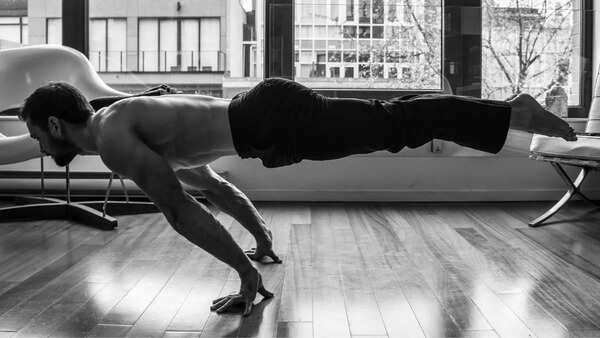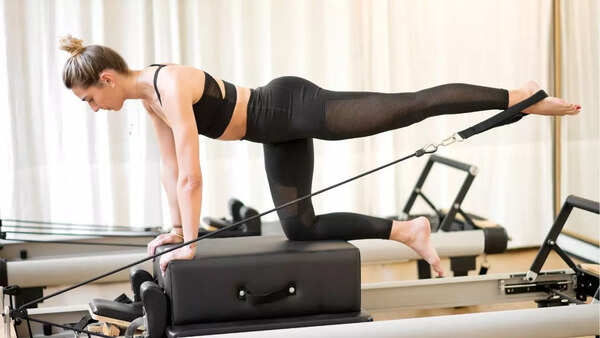
Type 2 diabetes is a condition where your body struggles to use insulin effectively. Unlike Type 1 diabetes, where an autoimmune response destroys insulin-producing cells, Type 2 diabetes involves a different mechanism, often related to insulin resistance and impaired insulin production.
If left untreated, it can lead to serious health issues, including heart disease, kidney disease, and stroke.However, with the right approach, you can manage Type 2 diabetes and reduce the risk of complications. This typically involves a combination of lifestyle changes, medication, and regular check-ins with your healthcare provider to monitor your condition and adjust your treatment plan as needed.
Exercise options that help you control Type 2 diabetes
1. Brisk walking: Brisk walking is a simple and effective way to improve your aerobic activity. Aim for a 30-minute walk, five days a week. According to research, walking can help lower blood pressure and body mass index in people with type 2 diabetes

2. Cycling: Cycling is a low-impact activity that's easy on the joints.
It's an excellent option for people with arthritis or nerve damage. Regular cycling can help improve cardiovascular fitness and reduce the risk of complications.

3. Swimming and aquatic activities: Swimming, water aerobics, and aqua jogging are low-impact exercises that can improve cardiovascular fitness, strength, and vascular function. These activities are perfect for people who want to minimise stress on their joints.

4. Team sports: Joining a recreational sports team can be a great way to stay motivated and active. Team sports, such as basketball, soccer, and tennis, provide an excellent aerobic workout and offer social benefits.

5. Aerobic dance: Aerobic dance classes, such as Zumba, can be a fun and effective way to improve glucose levels, weight management, and overall health. Research suggests that Zumba can benefit people with obesity and may help prevent type 2 diabetes.

6. Weightlifting: Weightlifting and strength training can help build muscle mass, increase calorie burn, and improve blood sugar management. You can use weight machines, free weights, or heavy household objects to get started.

7. Resistance band exercises: Resistance bands are a versatile and effective way to strengthen muscles. They can be used at home or in a gym setting. Research suggests that exercising with resistance bands may provide modest benefits to blood sugar management.

8. Calisthenics: Calisthenics involves using your body weight to strengthen muscles. Common exercises include pushups, squats, and lunges. This type of exercise can be done anywhere, without equipment.

9. Pilates: Pilates is a form of low-impact exercise that can help you develop your core stability, coordination, and balance. Evidence has suggested that Pilates can also help improve blood sugar levels in older adult women with type 2 diabetes.
You might want to look for a class or follow online videos.

10. Yoga: Yoga also creates a holistic approach, combining physical movements with breathing and meditation to help your general well-being. According to the American Diabetes Association, yoga might help individuals with type 2 diabetes to manage their blood sugar, blood pressure, and weight, ease stress, and help them sleep well.

Also read | Understanding hypocalcemia: Causes and symptoms of low calcium levels

 8 hours ago
50
8 hours ago
50




























 English (US)
English (US)